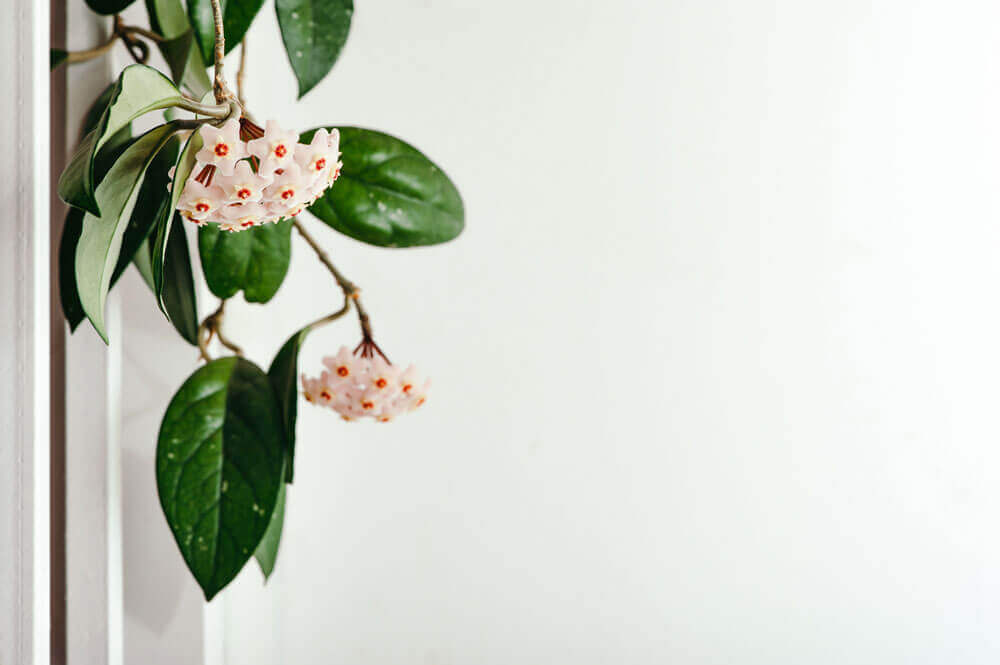Hoya: Identification, plant Growth and reproduction

Learn about the plant
Genus of over 200 varieties of evergreen, going up the and shrubby perennials, some epiphytic, from seaside bluffs, stream margins, escarpments, and rainforest in the hotter regions. Hoyas are located in spectacular Asia, including in regions of the Philippines that include 7,000 spectacular island destinations, Eastern side Indies, China, Borneo, Sumatra, Malaya, India, Bali, Sri Lanka, Bangladesh, Burma, Himalayas, Thailand, Indo China, Indonesia, and Siam. The most considerable power of hoyas will be in New Guinea, the 2nd biggest tropical island within the world. 400 MLS broad by 1500 a long way lengthy with mountain ranges up to 16,400 ft. The Hoyas are climbers or trailers with fleshy foliage, and clusters of waxy, superstar-designed blooms which appear from May to Sept. Its stalks can get to 15 ft or even more, and they have to be skilled on cords, trellis work or on a moss stay. New stems are bare – the leaves which later look are fleshy and environmentally friendly. The Small Wax tart Plant (Hoya Bella) requirements much more heat and moisture but less light-weight – it is most beautiful planted inside a holding basket. Please do not interrupt the vegetation once buds appearance, will not take away all blossom stalks, simply because new inflorescences produce to them.
Plant growth conditions
Typical warmth in the summertime – minimal 50 F in the wintertime.Semi-hue or brilliant light-weight. Always keep well from the sunlight.
Keep the compost damp whatsoever time. Water sparingly in winter. Misting is necessary.
Plant reproduction
Get semi-ripe come cuttings in the summer season. Coating in early spring or summer season. Sow seed at 66-75 F (19-24 C) in early spring.
